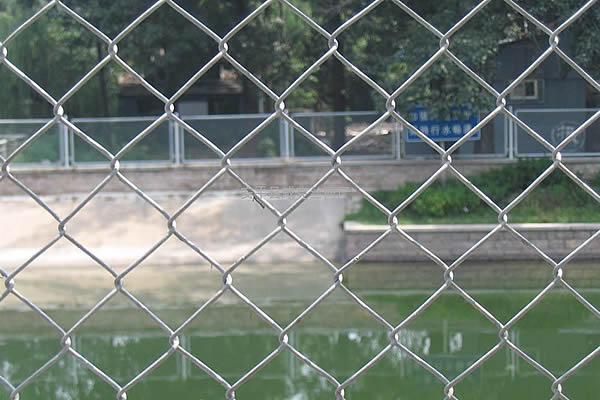 TEL:
+86-13102802206
TEL:
+86-13102802206
 Email:
fencenetting@china.com
Email:
fencenetting@china.com
 Language
Language
 TEL:
+86-13102802206
TEL:
+86-13102802206
 Email:
fencenetting@china.com
Email:
fencenetting@china.com
 Language
Language


Building a Temporary Fence A Comprehensive Guide
In various situations, whether for construction sites, events, or even protecting gardens, a temporary fence serves as a vital solution. It provides security, delineates space, and keeps unauthorized individuals at bay. However, the process of building a temporary fence requires careful planning and attention to detail. This article will guide you through the steps necessary to create an effective and sturdy temporary fence.
Step 1 Determine Your Needs
Before embarking on the actual construction, assess the specific needs for your temporary fence. Identify the area that needs to be enclosed and the purpose of the fence. For instance, if you are setting up a fence for a construction site, you need to consider the height and robustness of the materials. Conversely, a fence for a family event may require aesthetic appeal over functionality.
Step 2 Choose the Right Materials
The choice of materials for your temporary fence is crucial. Common options include
1. Chain Link Fencing This is one of the most popular choices due to its durability and visibility. It's easy to set up and can be installed in various configurations.
2. Plastic Barrier Fencing Lightweight and easy to transport, plastic fencing is ideal for events. It is often used in crowd control and can be customized with colors and signage.
3. Wooden Panels For more aesthetic purposes, wooden panels can create a rustic look. However, they may not provide the same level of security or adaptability as chain link or plastic fences.
Whichever material you choose, ensure it meets the specific needs of your project, including weather resistance if the installation will be exposed to the elements.
Step 3 Plan the Installation

A well-thought-out plan is essential for an effective installation. Measure the area where the fence will be erected and mark the corners with stakes. This will not only help visualize the layout but also ensure accuracy during installation. Determine how many panels or sections you will need based on the total perimeter length.
Step 4 Assemble the Fence
Once you have your materials and a clear plan, it’s time to start building. Begin by placing the corner posts or supports securely in the ground to ensure stability. If you are using chain link fencing, you may need to install tension wires for added strength.
For plastic barriers, connect sections using the provided coupling methods. If you are using wooden panels, secure them to vertical posts, making sure they are level and sturdy.
Step 5 Secure the Structure
To ensure your temporary fence can withstand winds, impacts, and the elements, take extra precautions. Utilize sandbags, stakes, or weights to anchor the fence properly. This will prevent it from being easily displaced, especially in windy conditions.
Step 6 Maintain and Monitor
After installation, it's essential to regularly check the integrity of your temporary fence. Monitor for any signs of wear, damage, or displacement. Depending on the duration of the fence's required presence, periodic maintenance may be necessary to keep it secure.
Conclusion
Building a temporary fence is a project that can be effectively accomplished with careful planning and the right materials. By assessing your needs, choosing appropriate materials, and securing the installation, you can create a functional barrier that serves its intended purpose. Whether it’s for a short-term event or a longer construction period, a well-constructed temporary fence can provide peace of mind, safety, and organization.